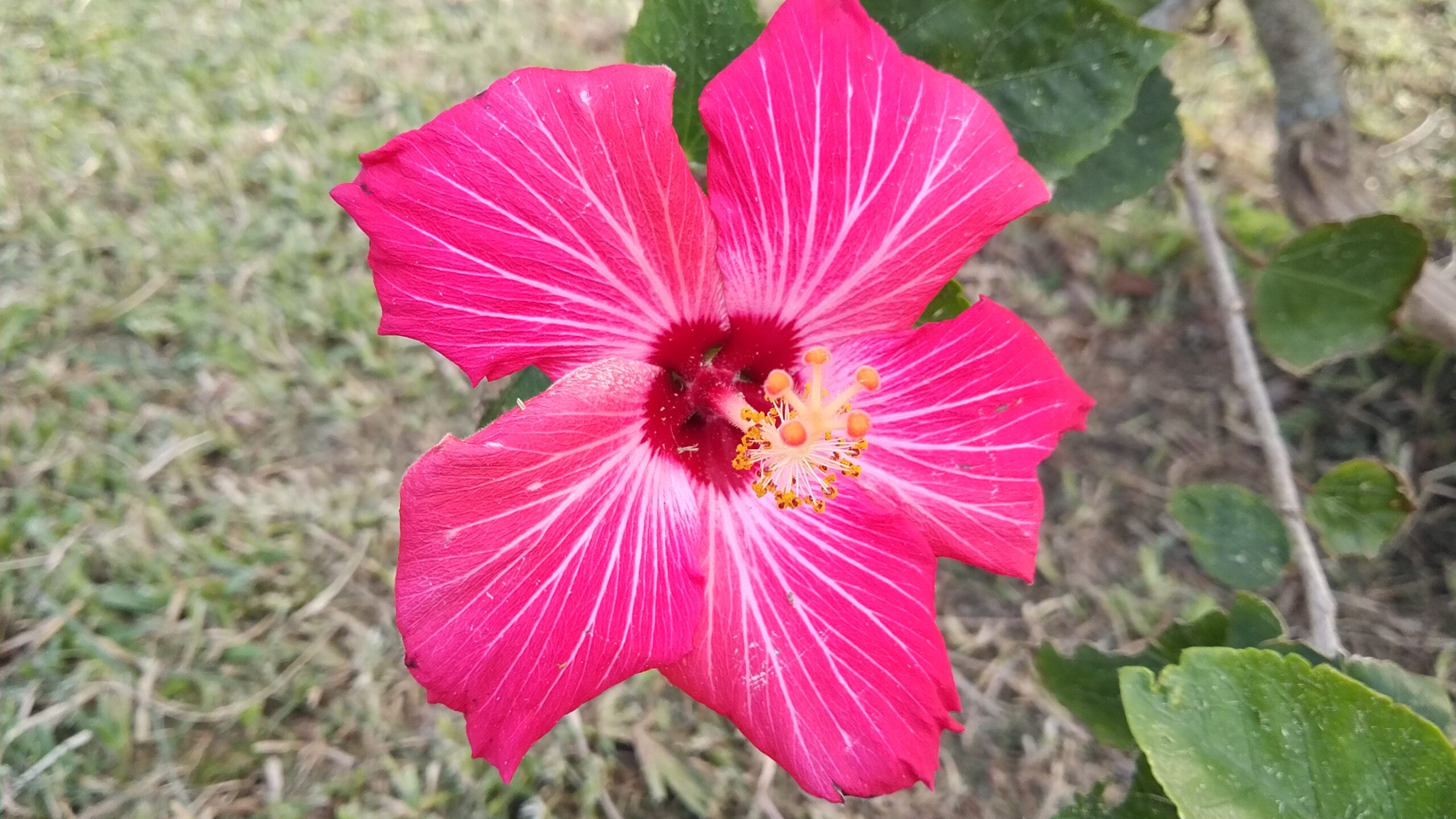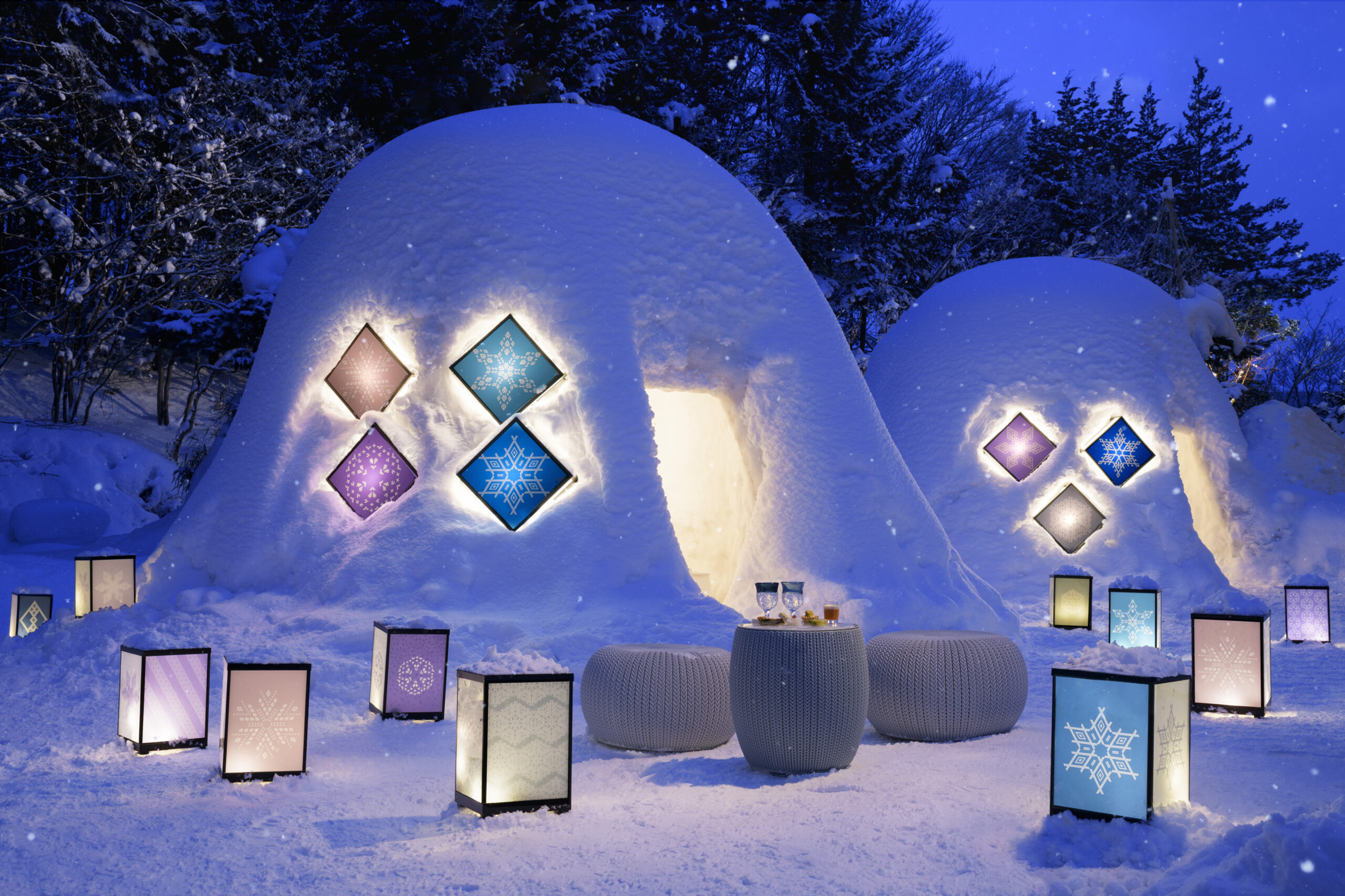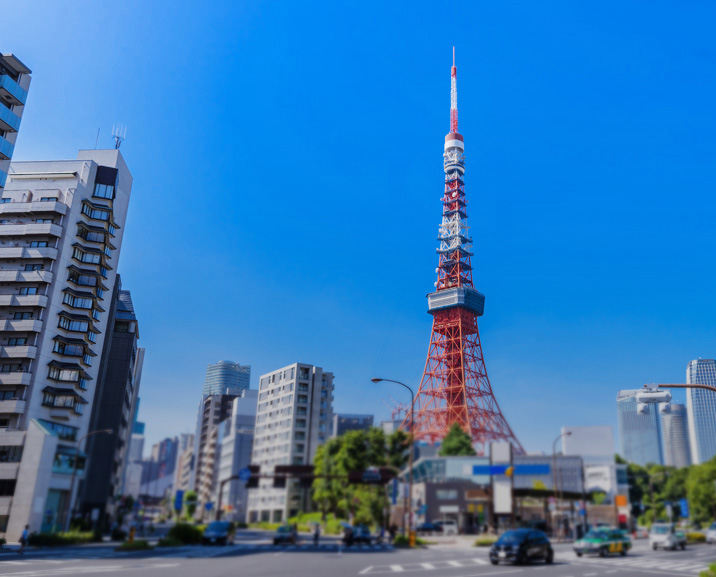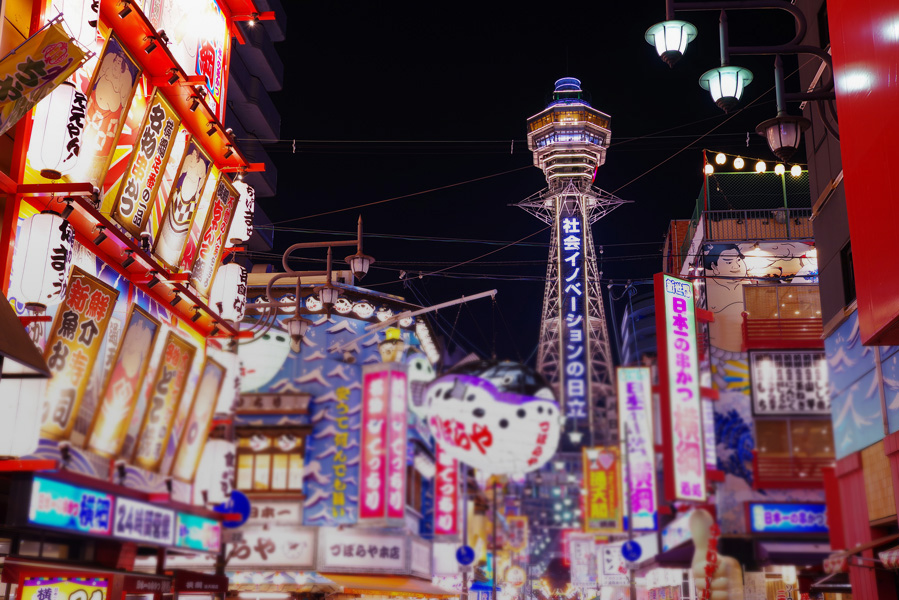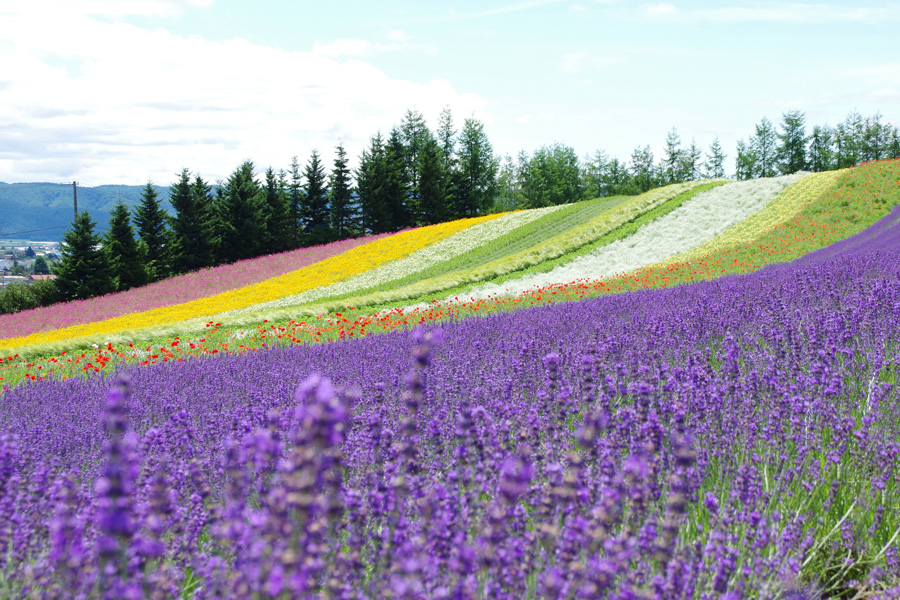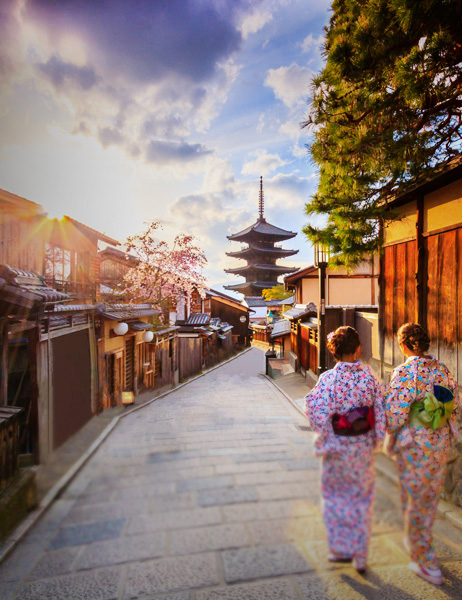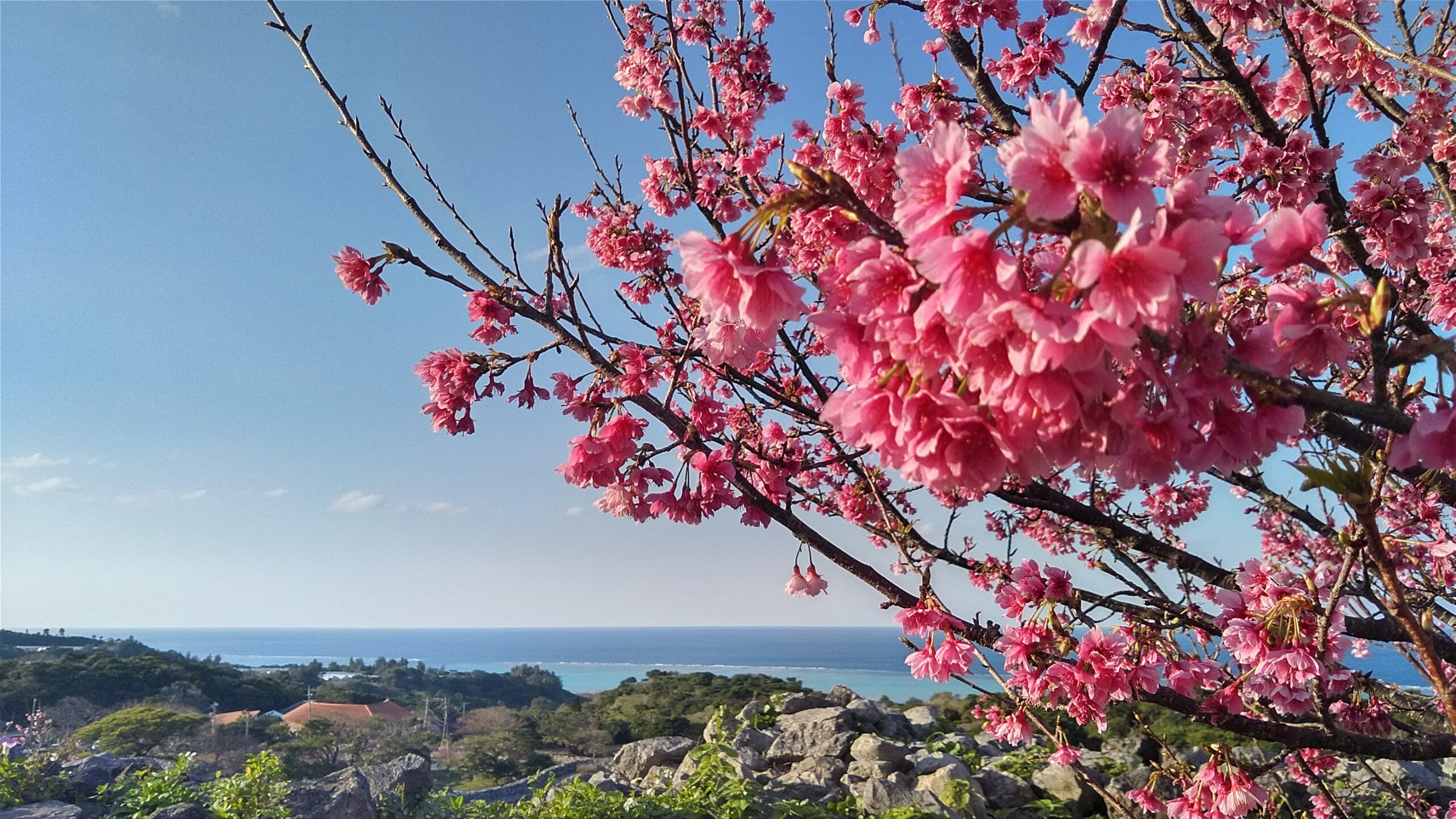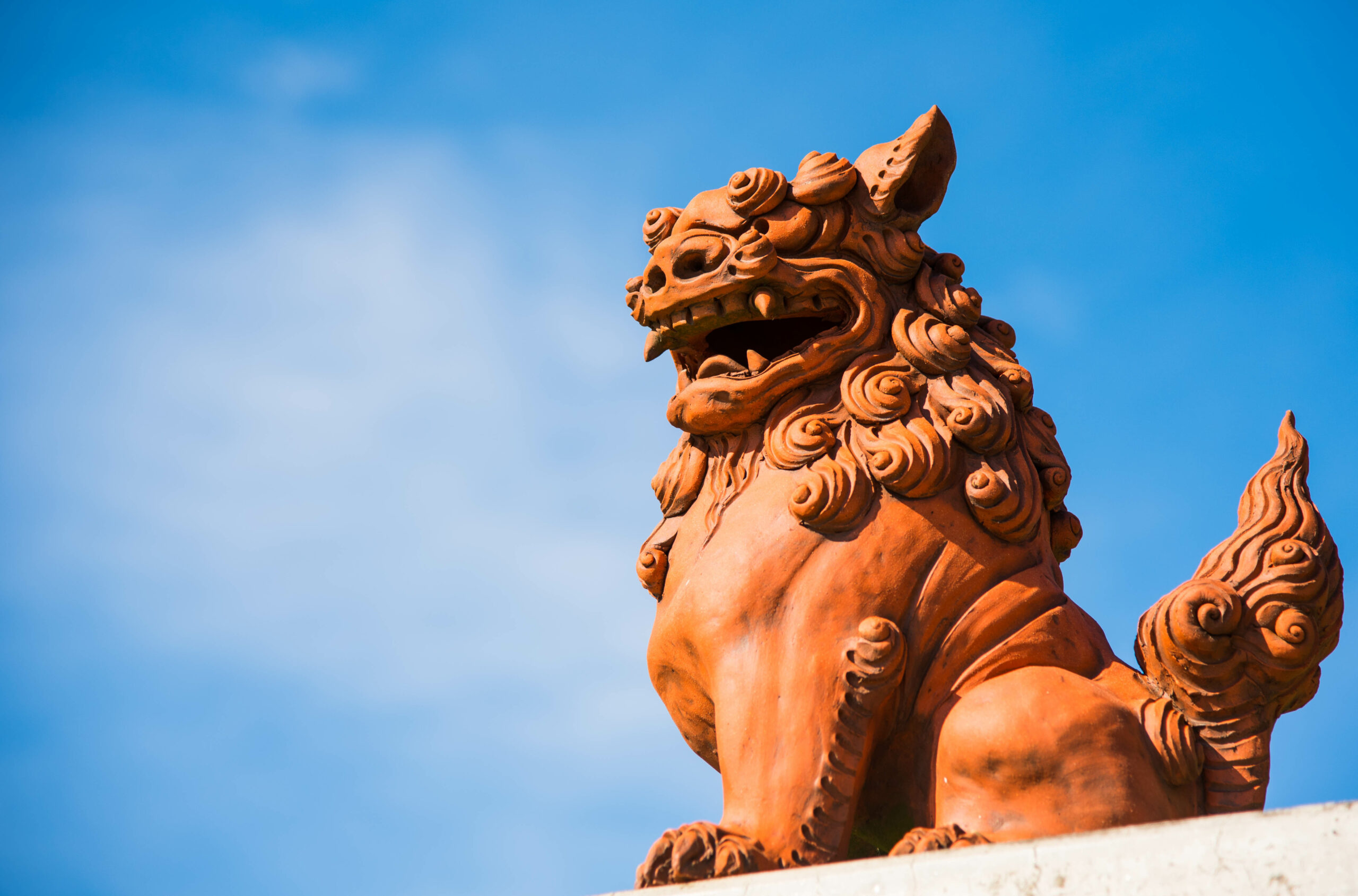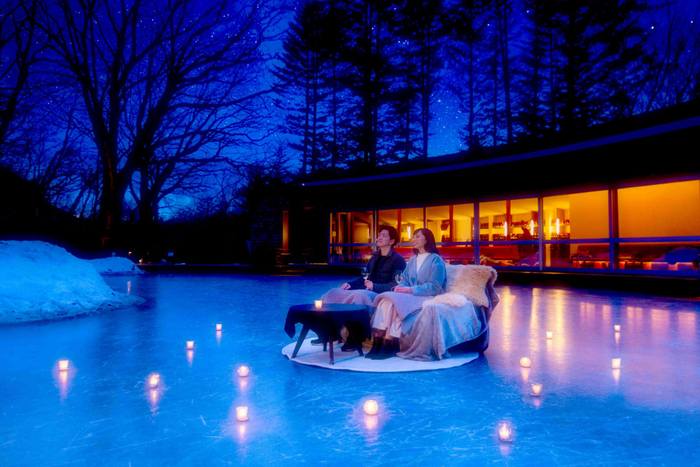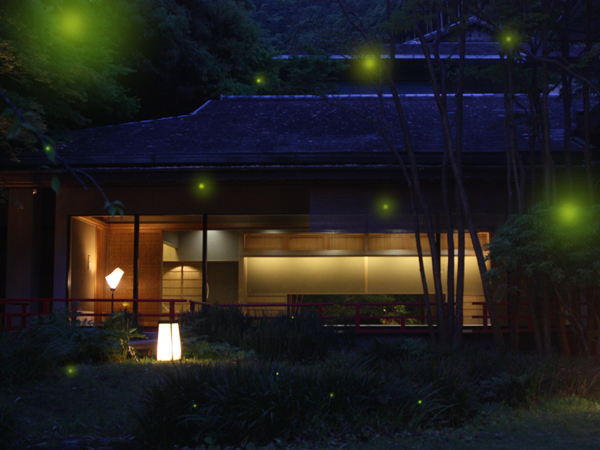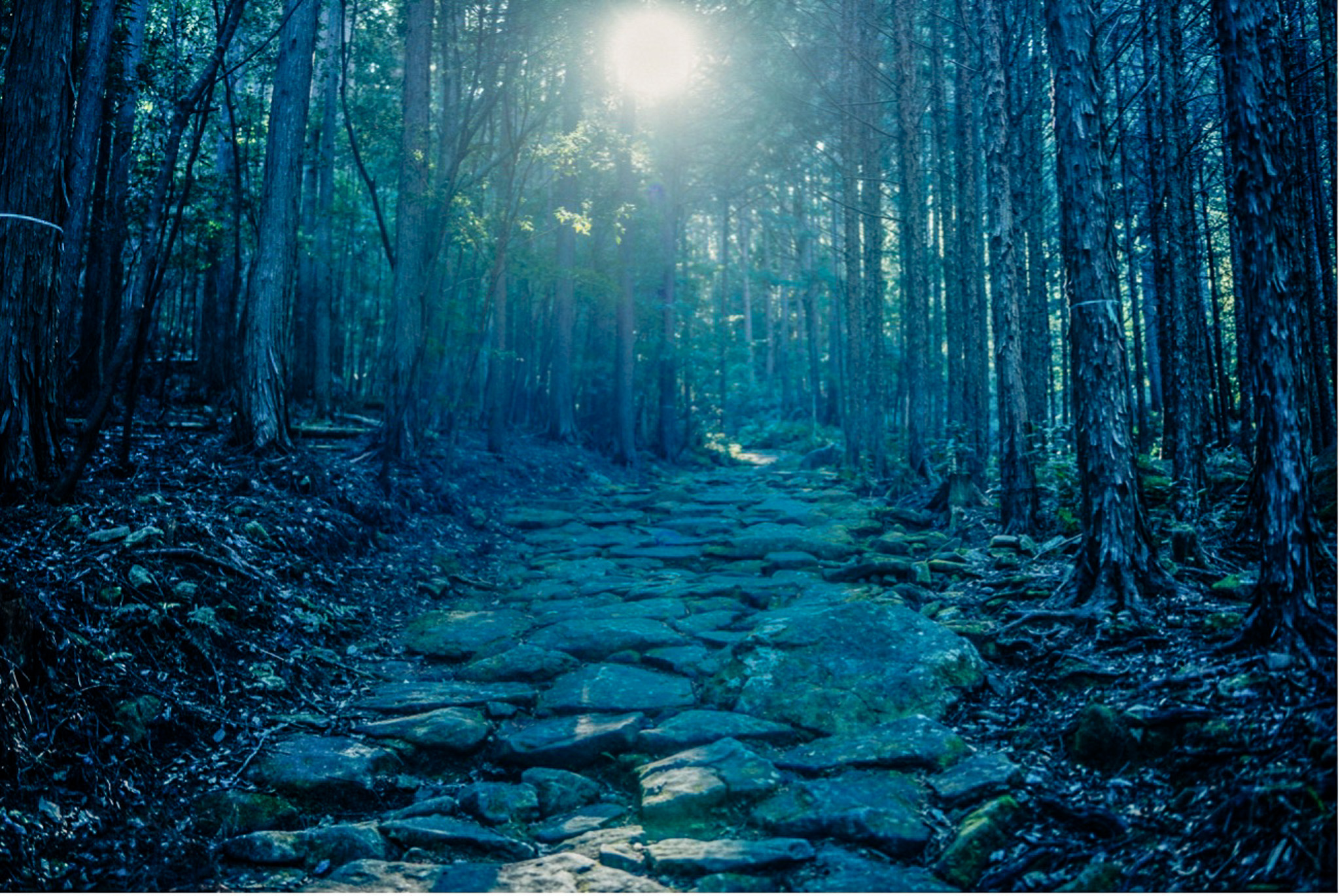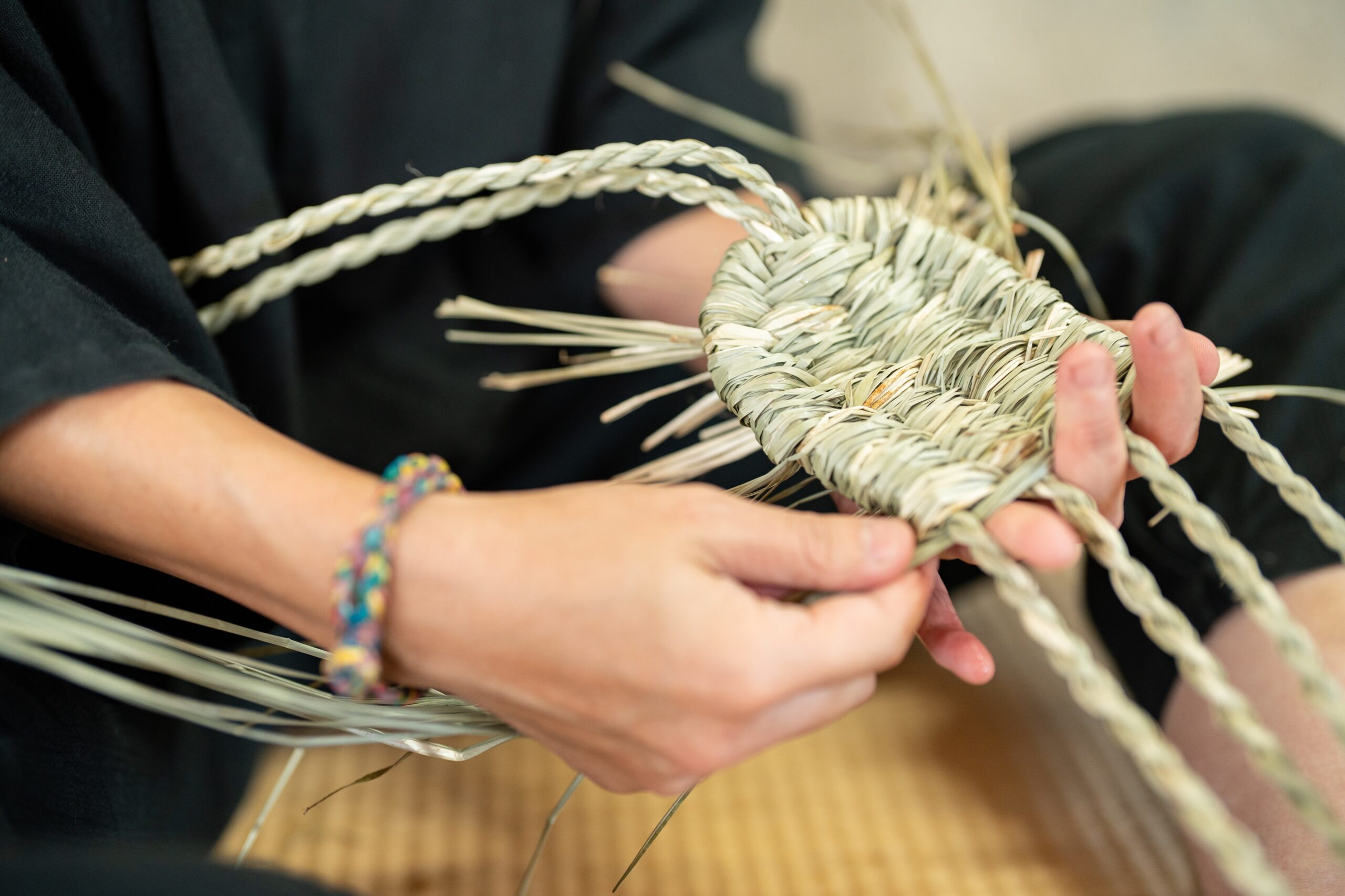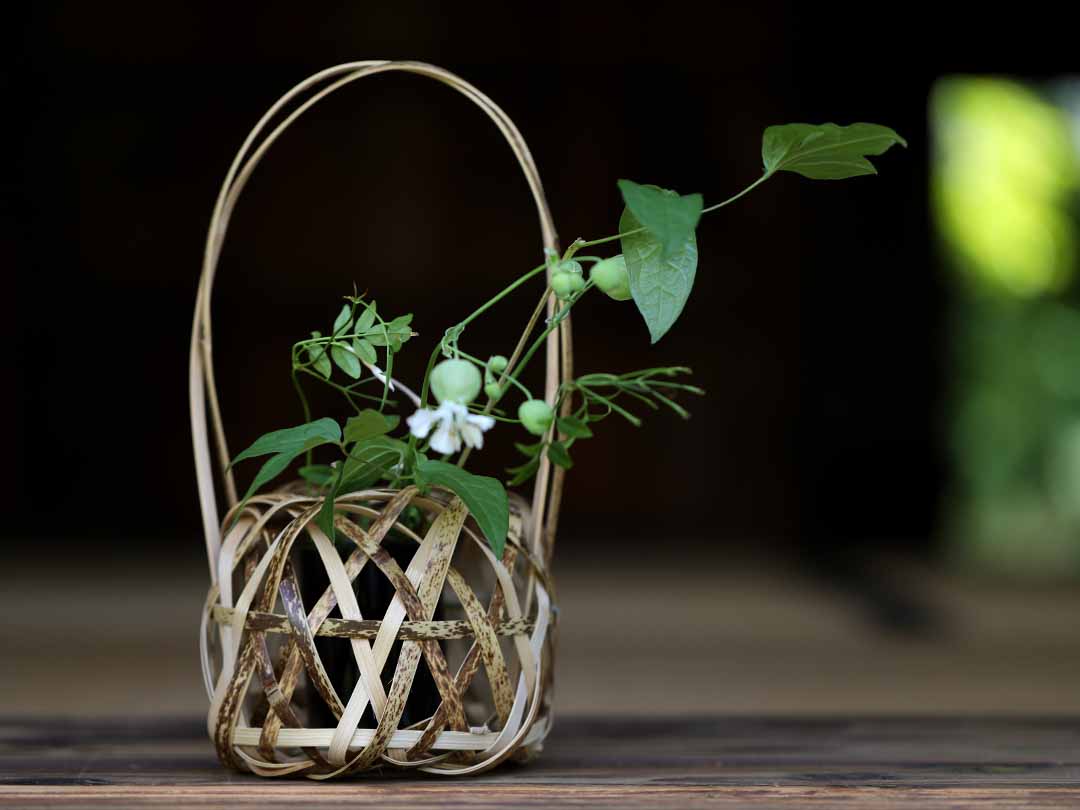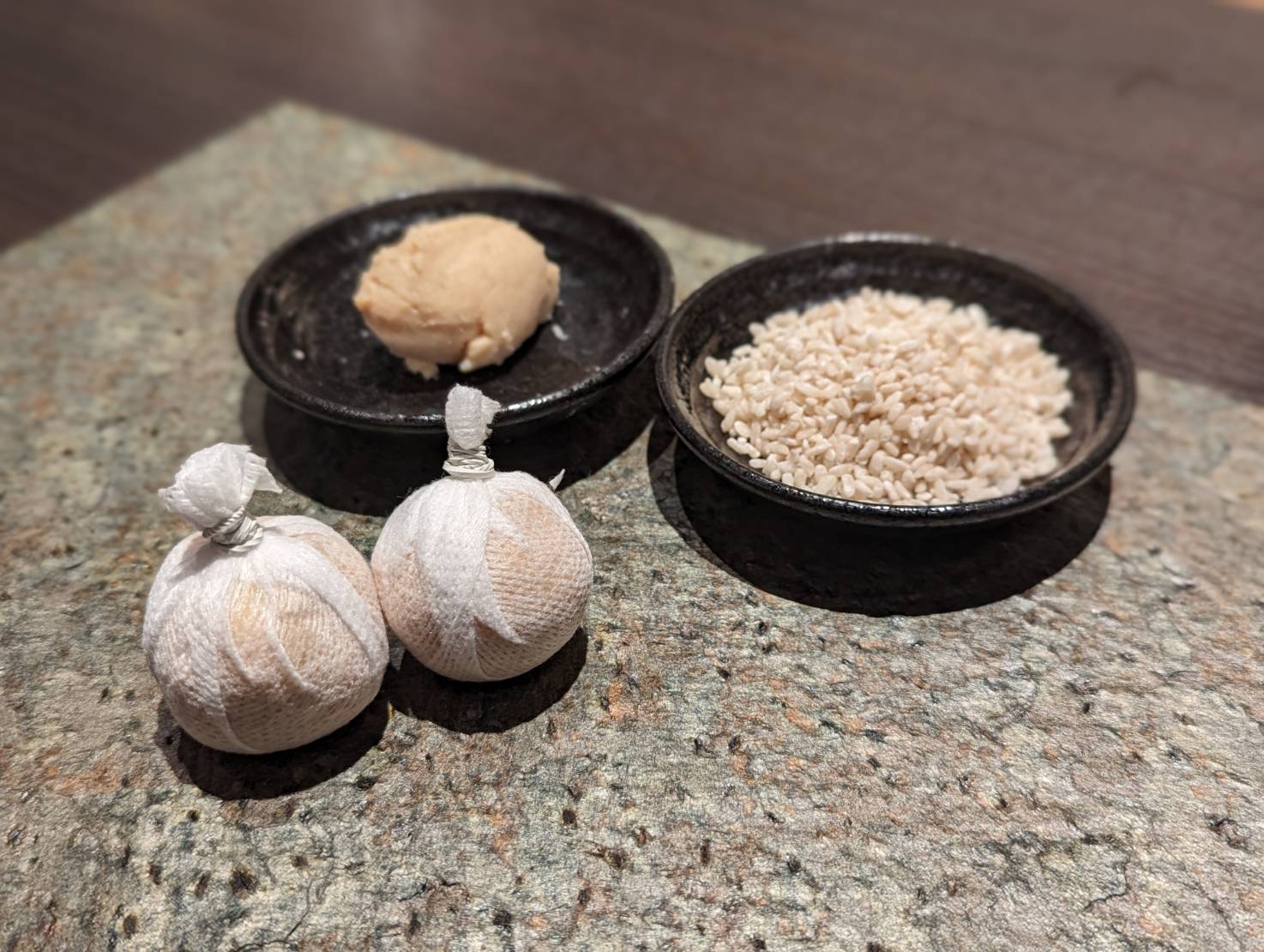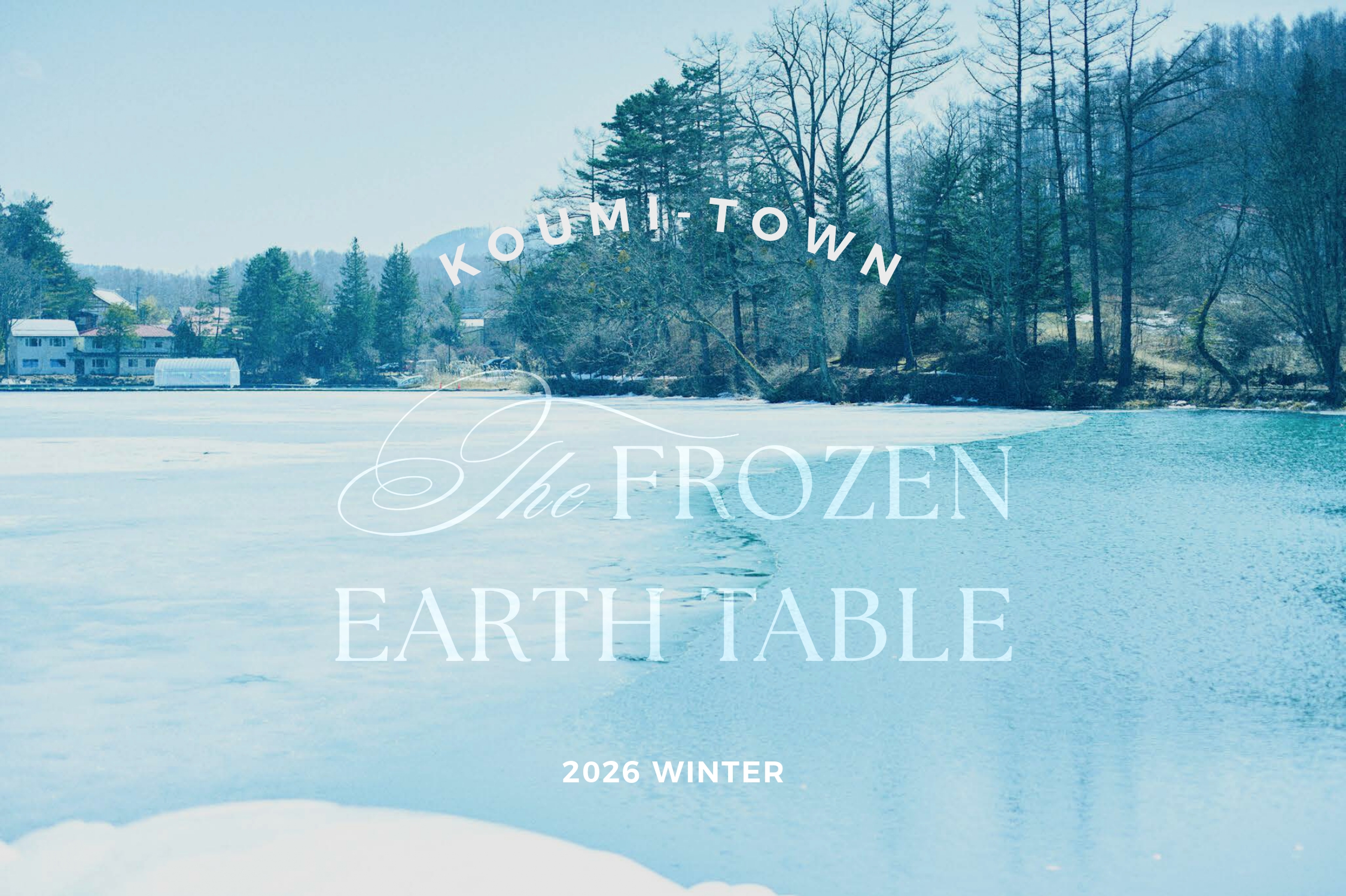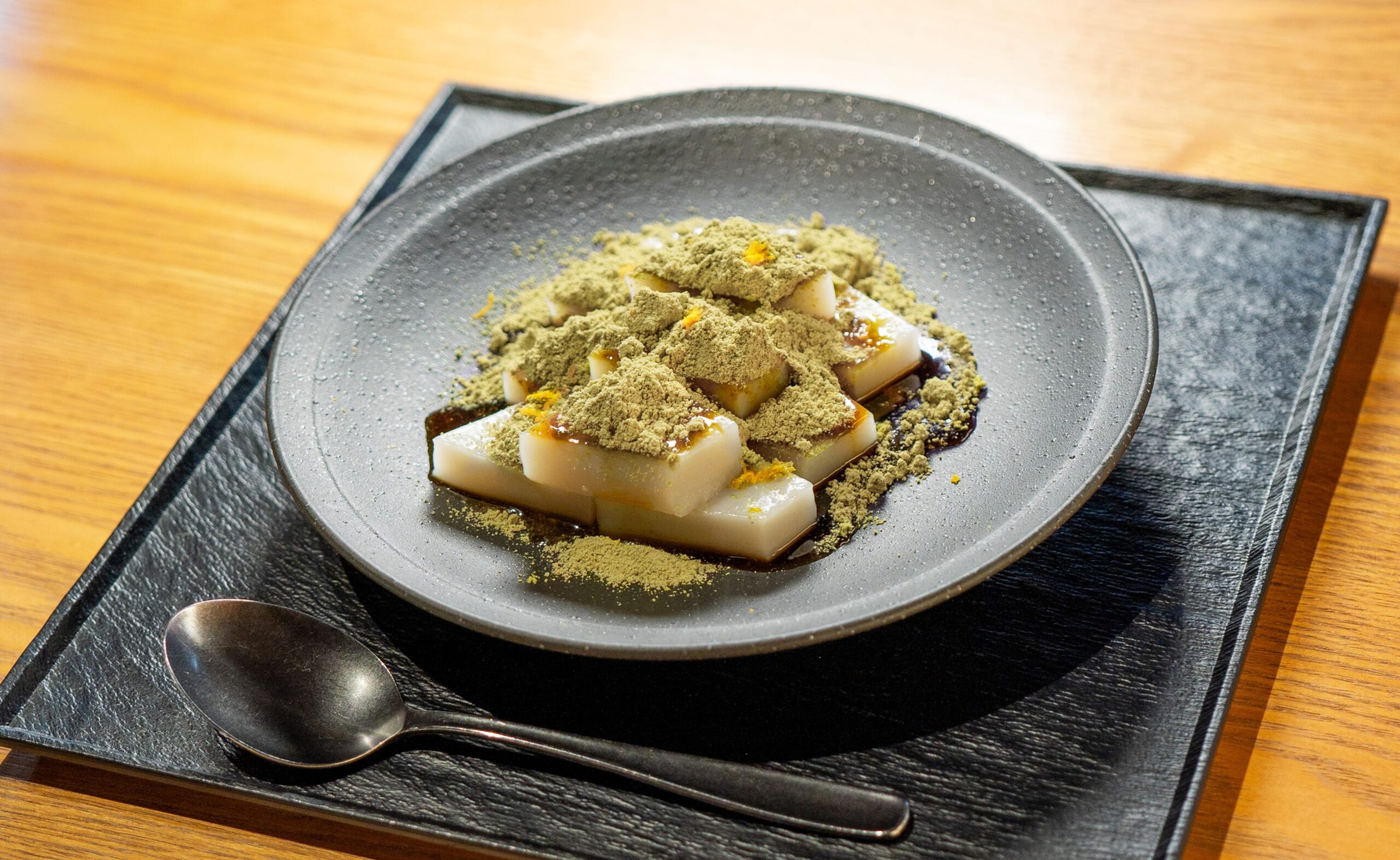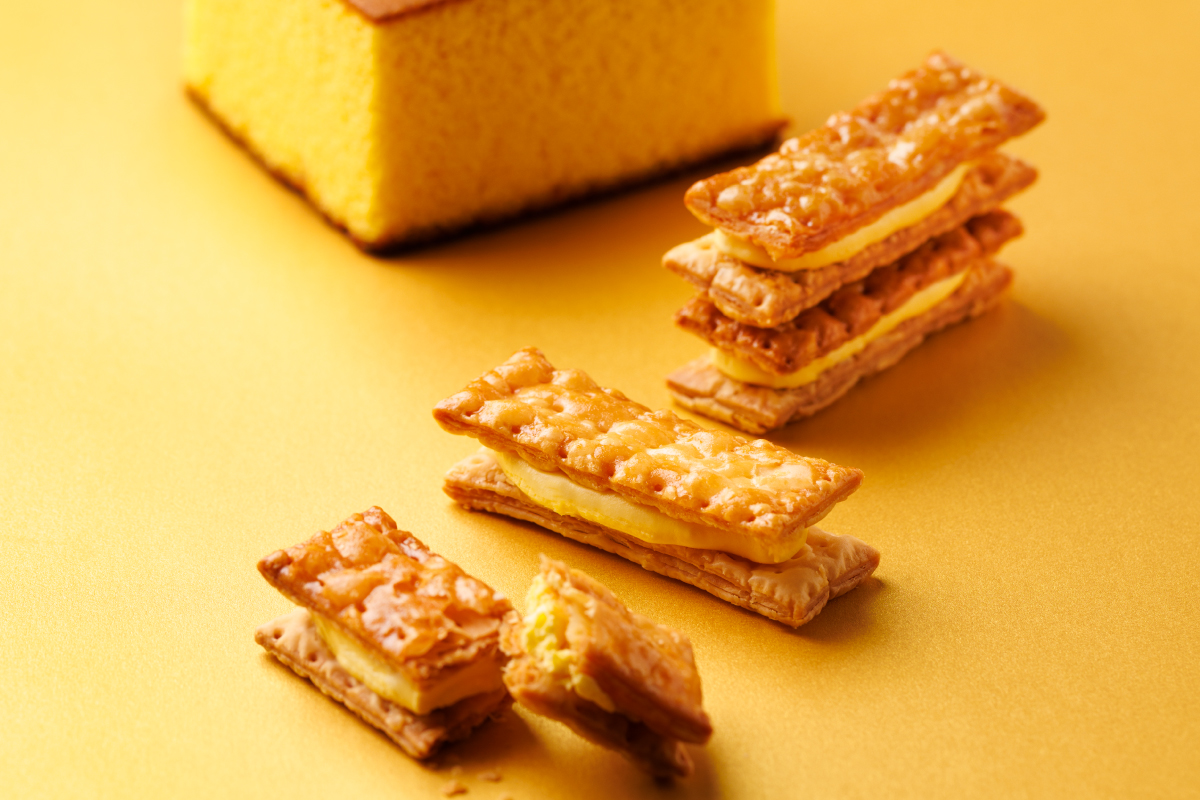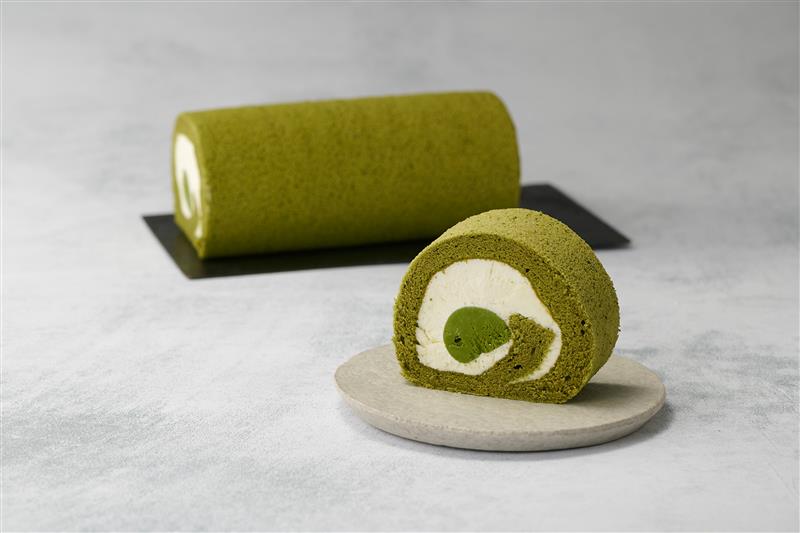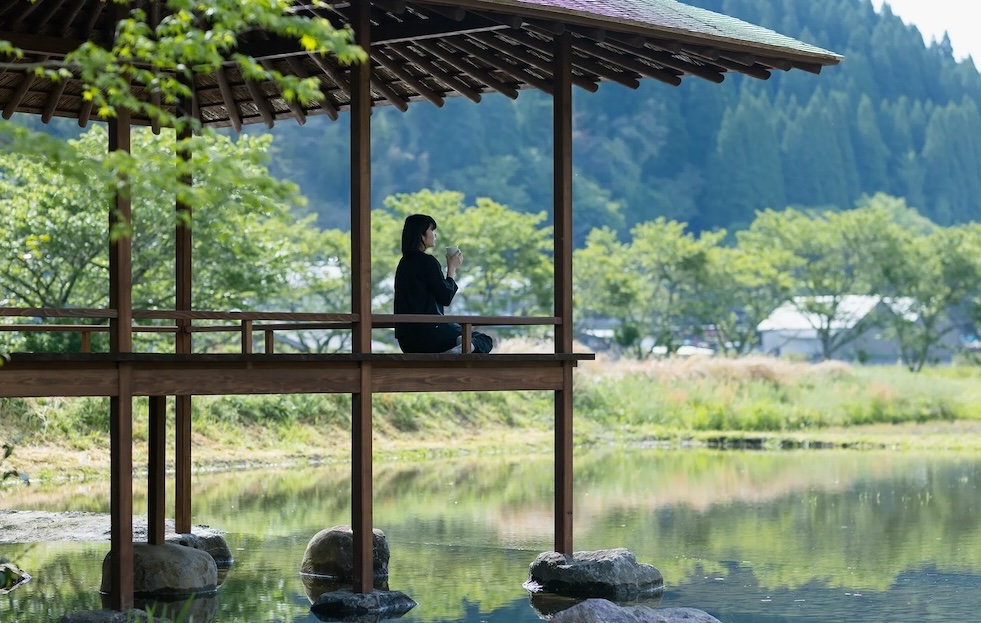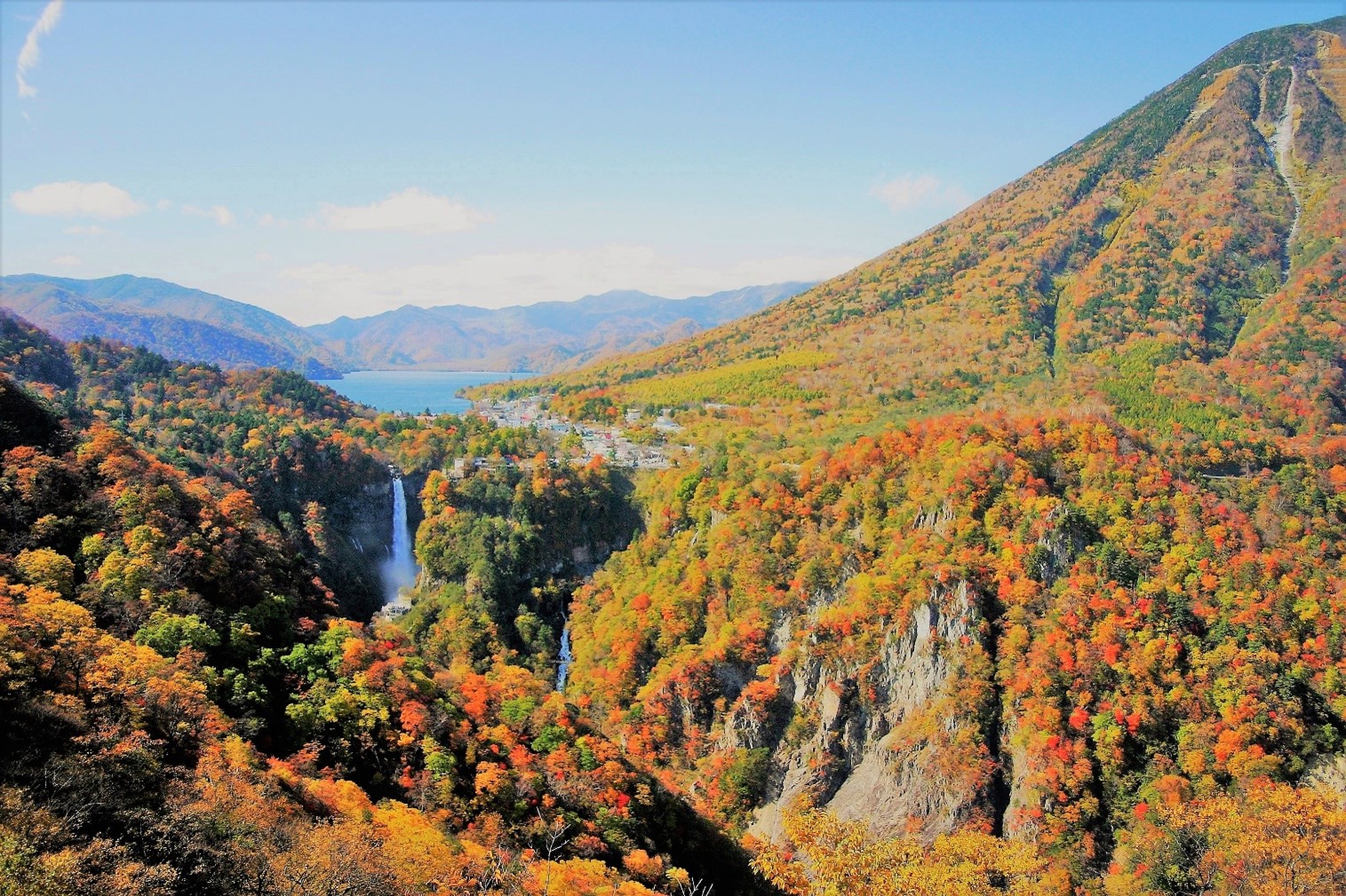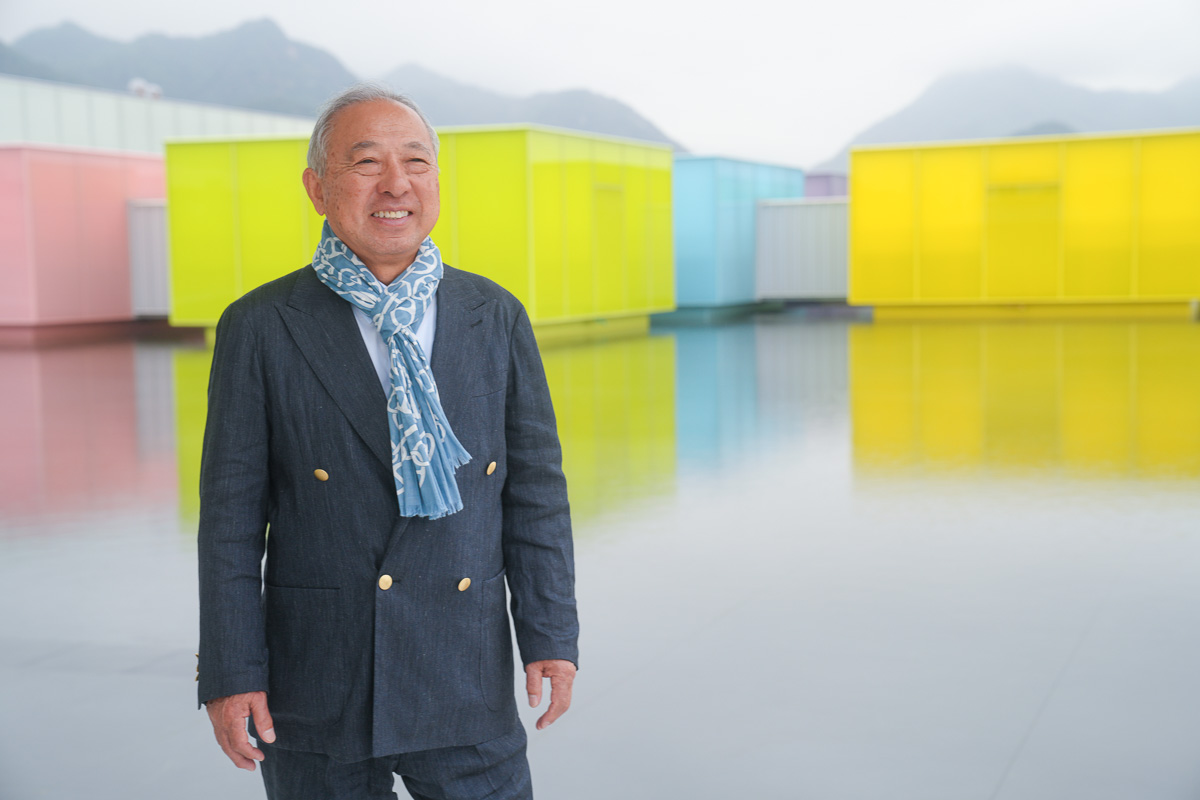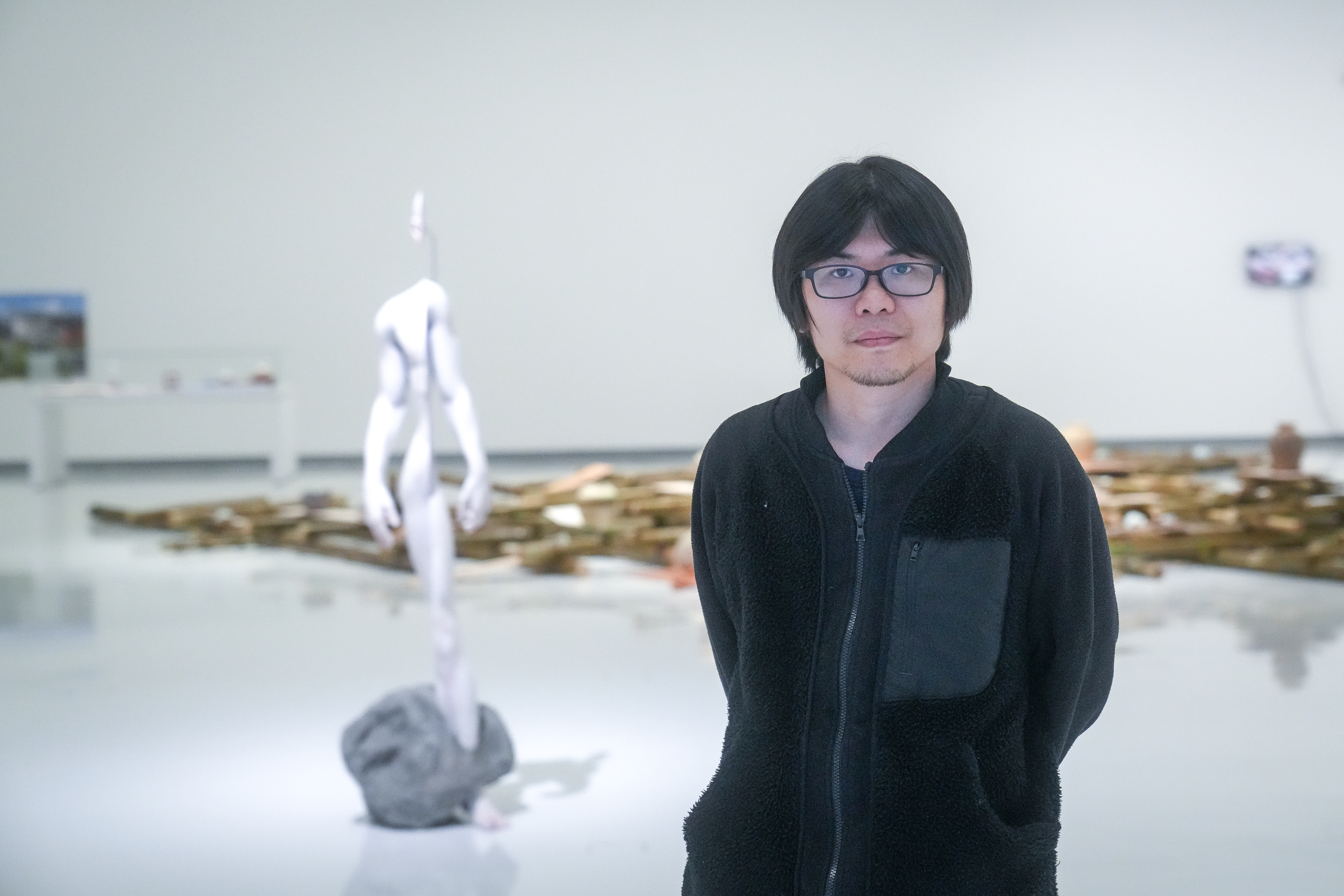The sea and cherry blossoms I met in Gusuku
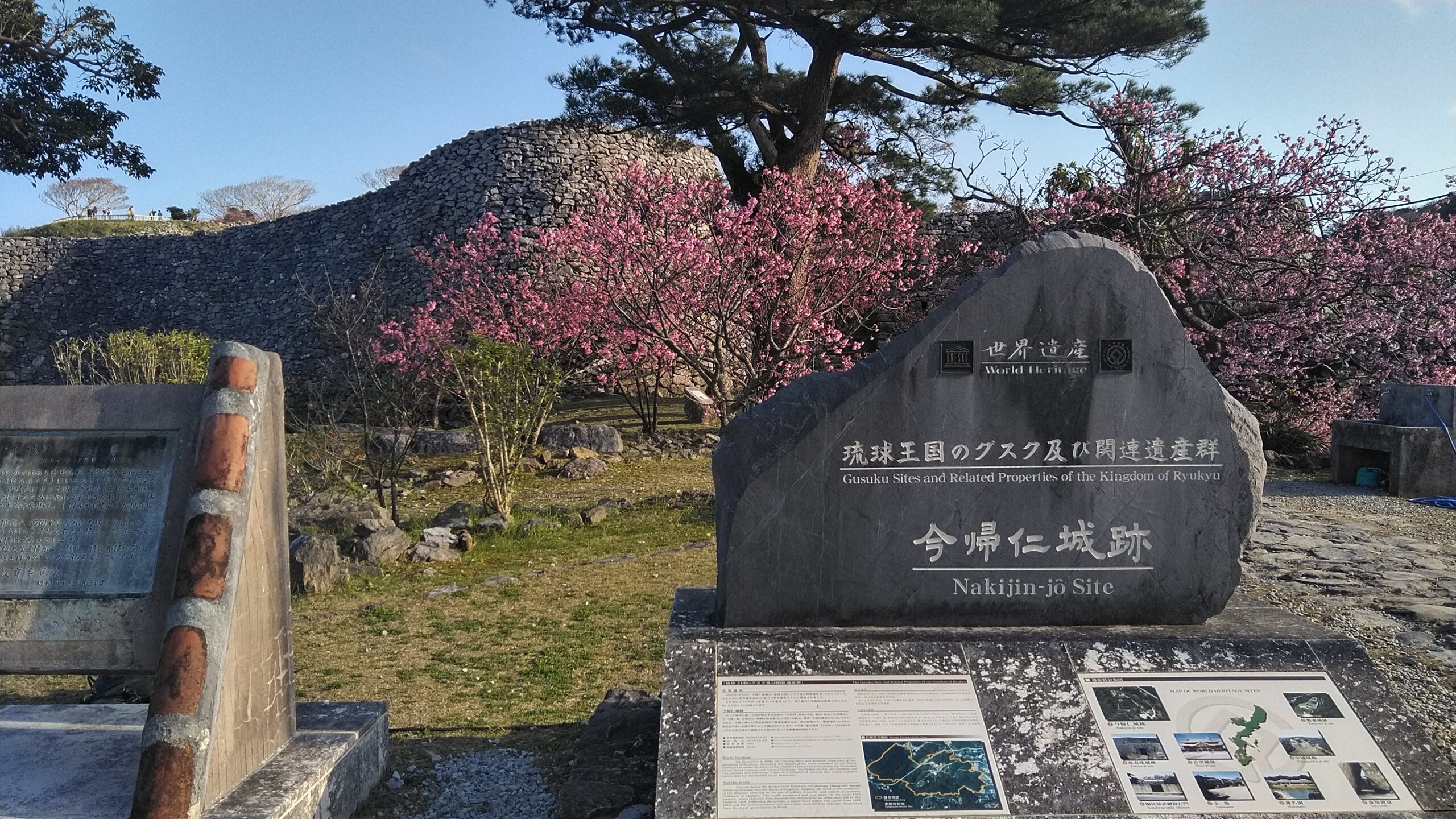
A stone monument of "World Heritage Registration" in front of the main gate.
The ruins of 今帰仁城(Nakijin Castle) in Nakijin Village, northern part of the main island of Okinawa.
Gusuku is a large number of buildings that exist from the Amami Islands (Kagoshima Prefecture) to the Yaeyama Islands (Okinawa Prefecture). Although the word “castle” is used in the name, the building is not only a military role, but also a place of worship called “Utaki” or “Yohaisho”.
Before the establishment of the Ryukyu Kingdom (1429-1879), three small kingdoms, Nakayama, Nanzan, and Kitayama, were competing for power in Okinawa. Nakijin Castle is the castle of Kitayama. Even after the establishment of the Ryukyu Kingdom, it seems that the position of “Kitayama guard” was placed for the purpose of monitoring and governing the northern part.
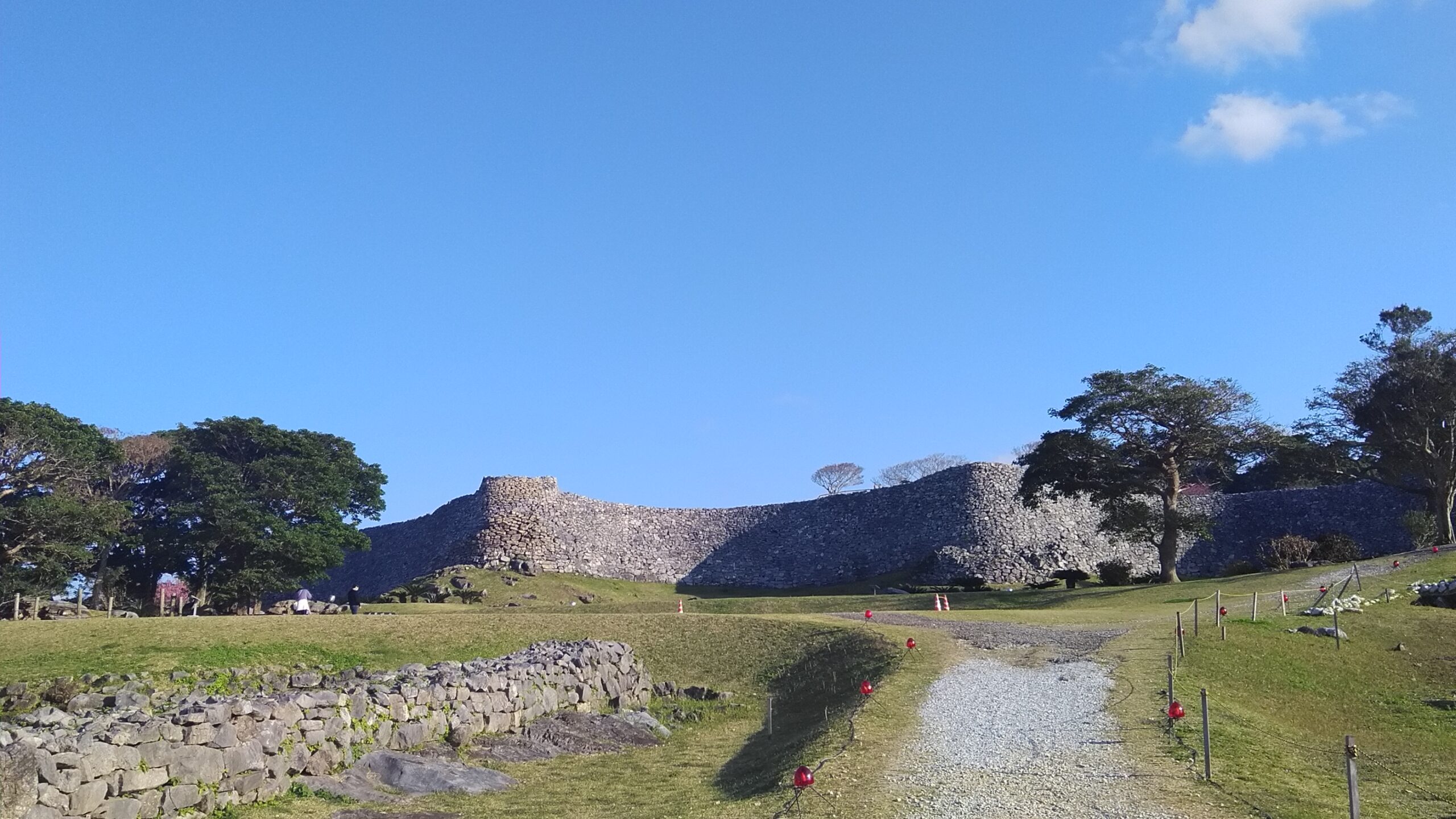
"Ryukyu limestone" consisting of coral reefs is used for the outer wall. It has the advantage of being light and easy to process.
The stone walls are not as straight as the mainland, but curved like this. It seems that it is influenced by Chinese and European castles.
Nakijin Castle Ruins is a World Heritage Site, but the purpose of this time is the cherry blossoms that can be seen there.

“Kanhi-zakura (寒緋桜)”
The characteristic of cherry blossoms in Okinawa is that dark flowers bloom, which are close to shocking pink. It is not as pale pink as the cherry blossoms on the mainland.
The way the flowers fall is not like the petals fluttering down, but the calyxes fall. People in Okinawa also laugh at “Okinawa’s cherry blossoms fall without romance.”
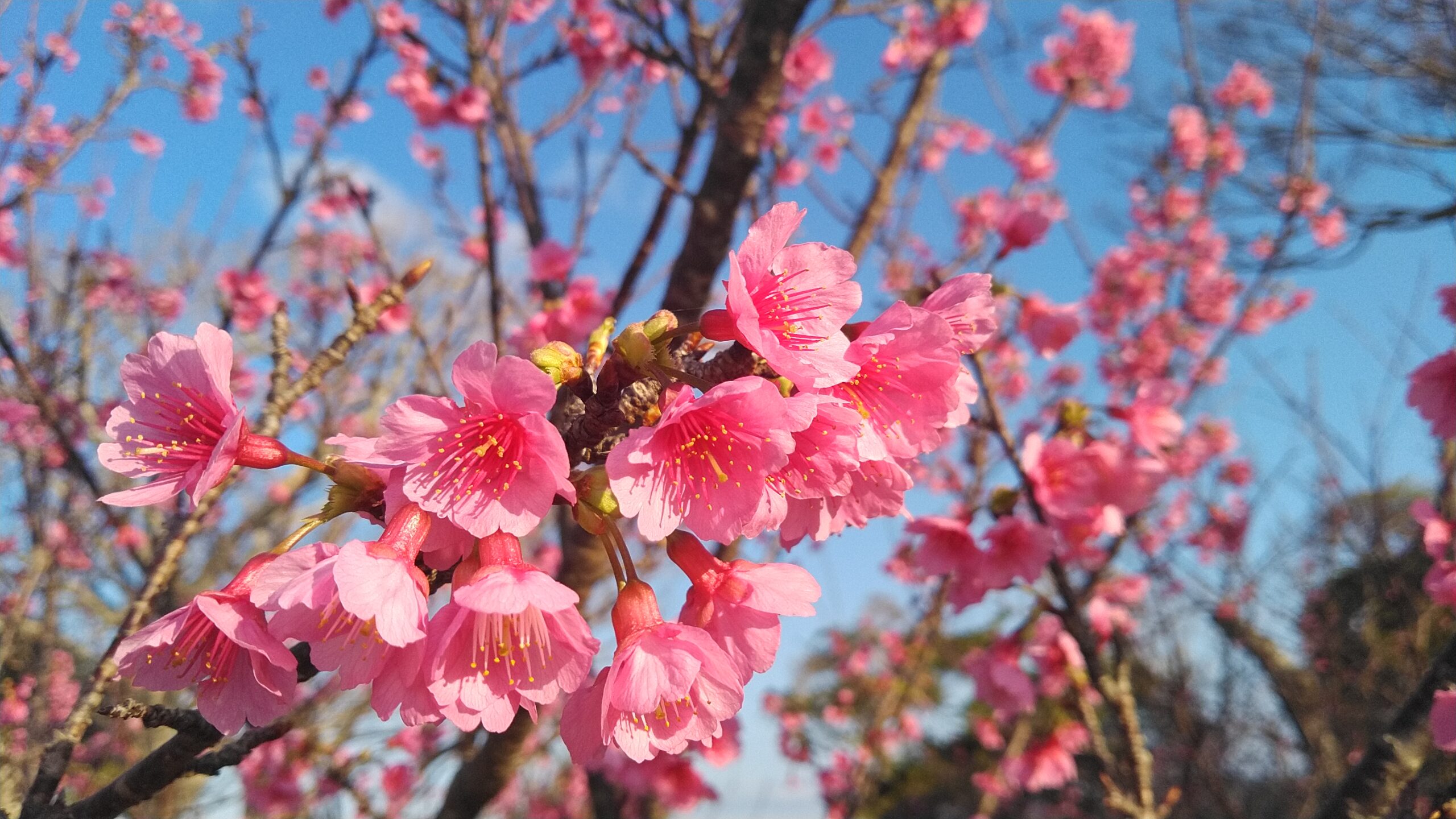
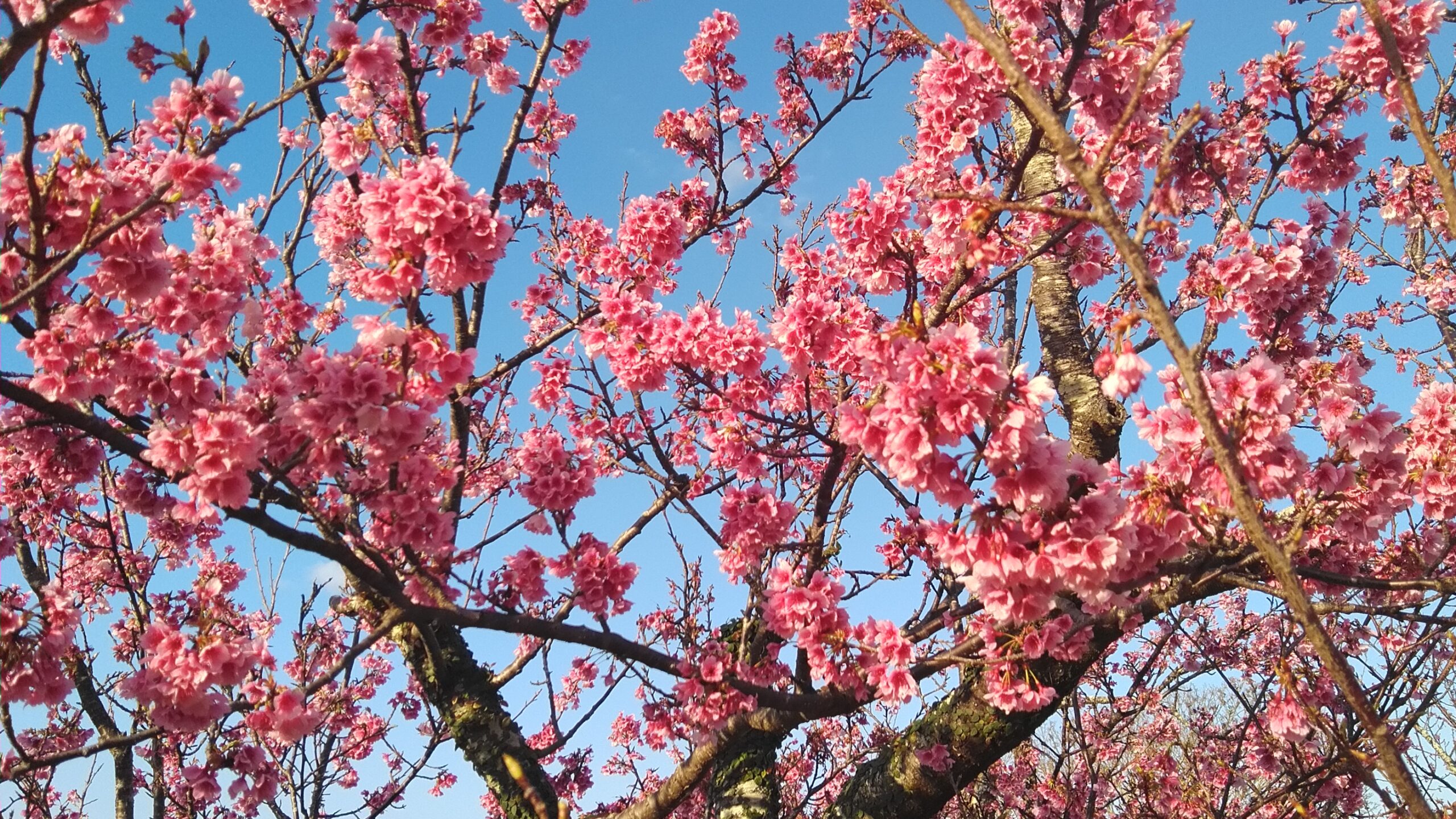
In Okinawa today, there is almost no “cherry blossom viewing” culture where people have a banquet under the cherry blossoms like the mainland.
During the Ryukyu Kingdom era, Nakijin Castle was used as a place to hold dynasty festivals after the last “Kitayama Guard” pulled up Nakijin Castle in 1665.

Kanhi-zakur blooms every year from mid-January to early February, and is famous for its cherry blossoms.
I was very satisfied with the cherry blossoms alone, but unexpectedly I was able to meet such a superb view. (I’m very disappointed that I can’t convey it in the photos, so please drop in if you have the opportunity)
I instinctively said “Wow”.
You can also see the shape of the walls reminiscent of the Great Wall of China.
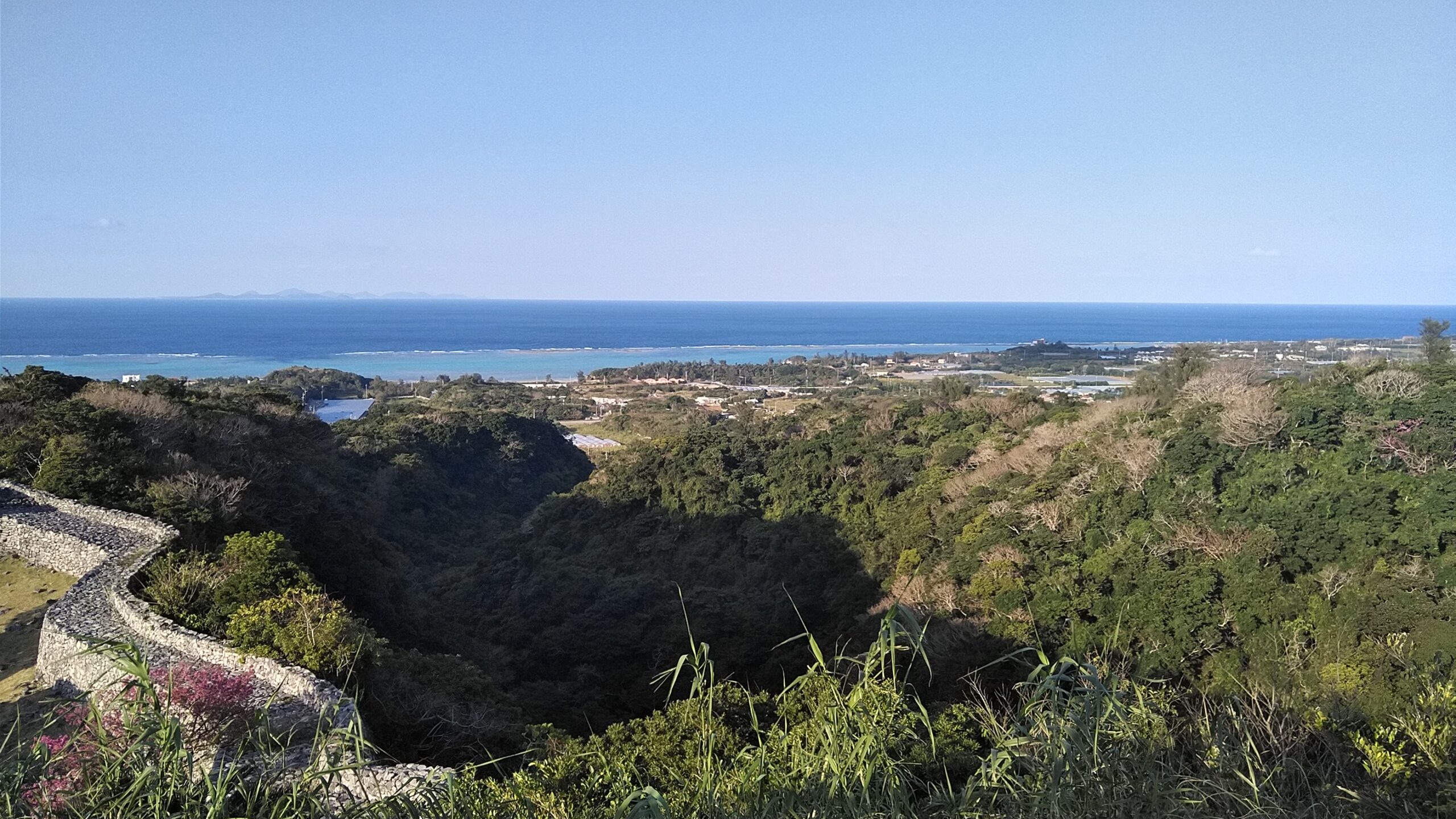
Small islands such as "Yanaha Island" and "Izena Island" can be seen faintly to the left of the horizon.
What is うちなーんちゅ(Uchinanchu)?
Okinawans call their place of residence “うちなー(Uchina)”. Japan other than Okinawa is sometimes called “内地(naichi, means Mainland)”, “本土(hondo, also means Mainland)”, or “ヤマト(Yamato)”.
And we call ourselves “うちなーんちゅ(Uchinanchu , means Okinawa people)”, and the Japanese who came from the mainland are called “ナイチャー(Naichier, means the people of the mainland)”.
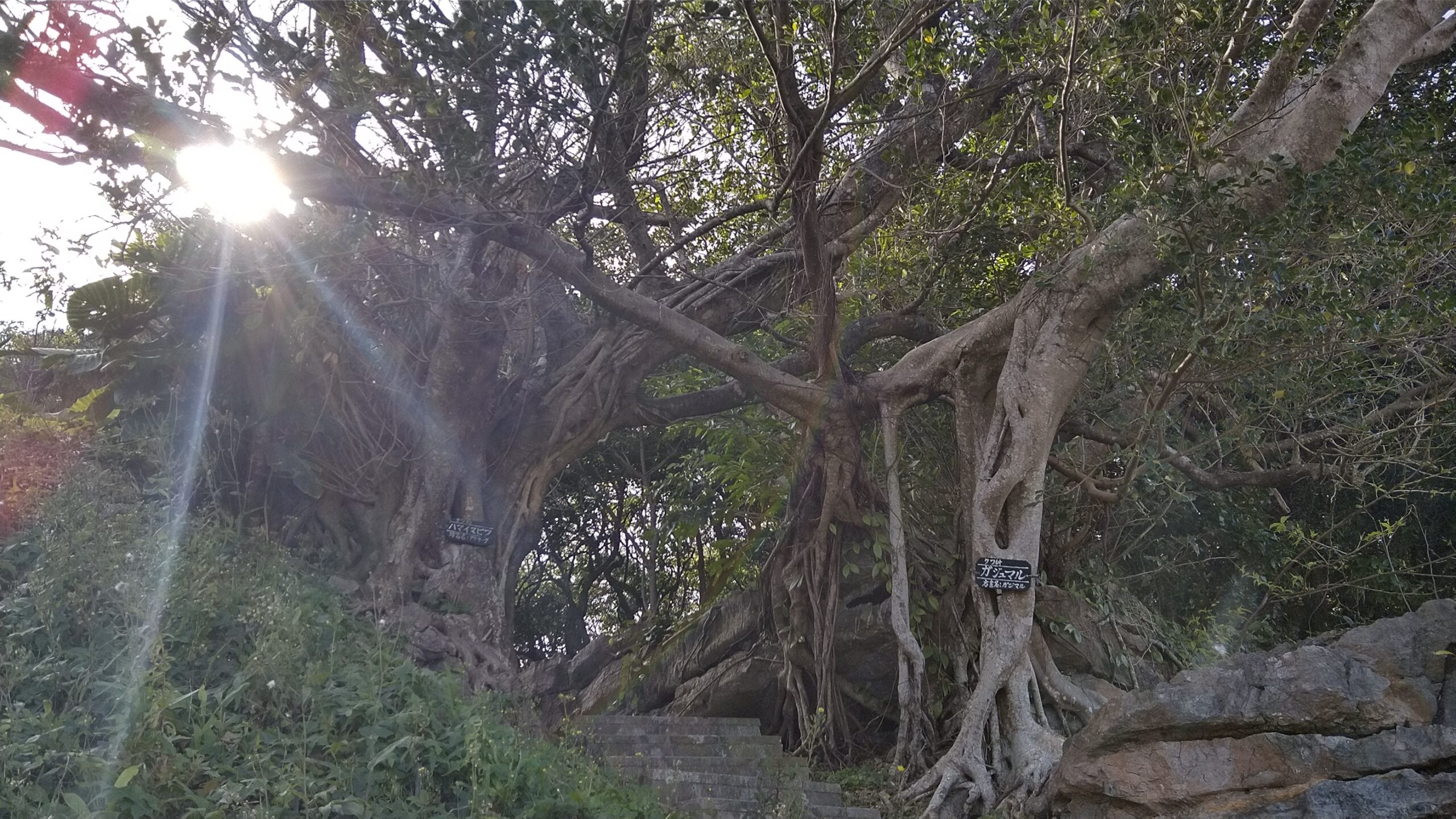
Banyan stands as a matter of course near the parking lot of Nakijin Castle Ruins.
For me from the Tohoku region of the mainland, where I love Okinawa, I feel like I was a little pushed out by this name. It feels like an identity that you can’t grow up unless you were born and raised in Okinawa.
Where does the consciousness of “うちなーんちゅ(Uchinanchu)” and the consciousness of distinguishing Okinawa from other Japan come from? What is different from me (Japanese other than Okinawa)?
This is a relatively important issue for me, who has just moved to Okinawa. In order to explore this issue, this time I would like to look at the remnants of “History with China,” which had a particularly large impact on Okinawan culture and customs.
Mysterious stone monument "石敢當(Shigandang)"
Why did I care about the relationship between Okinawa and China?
Shortly after I moved to Okinawa, I hadn’t got a car yet, so I used to walk. There are no people who are really walking in Okinawa, which is a car society in the car society.
I sometimes see people jogging or biking, but I feel like I haven’t met anyone walking as a means of transportation during this period.
And I noticed that I often saw this “石敢當(Shigandang)” in a residential area.
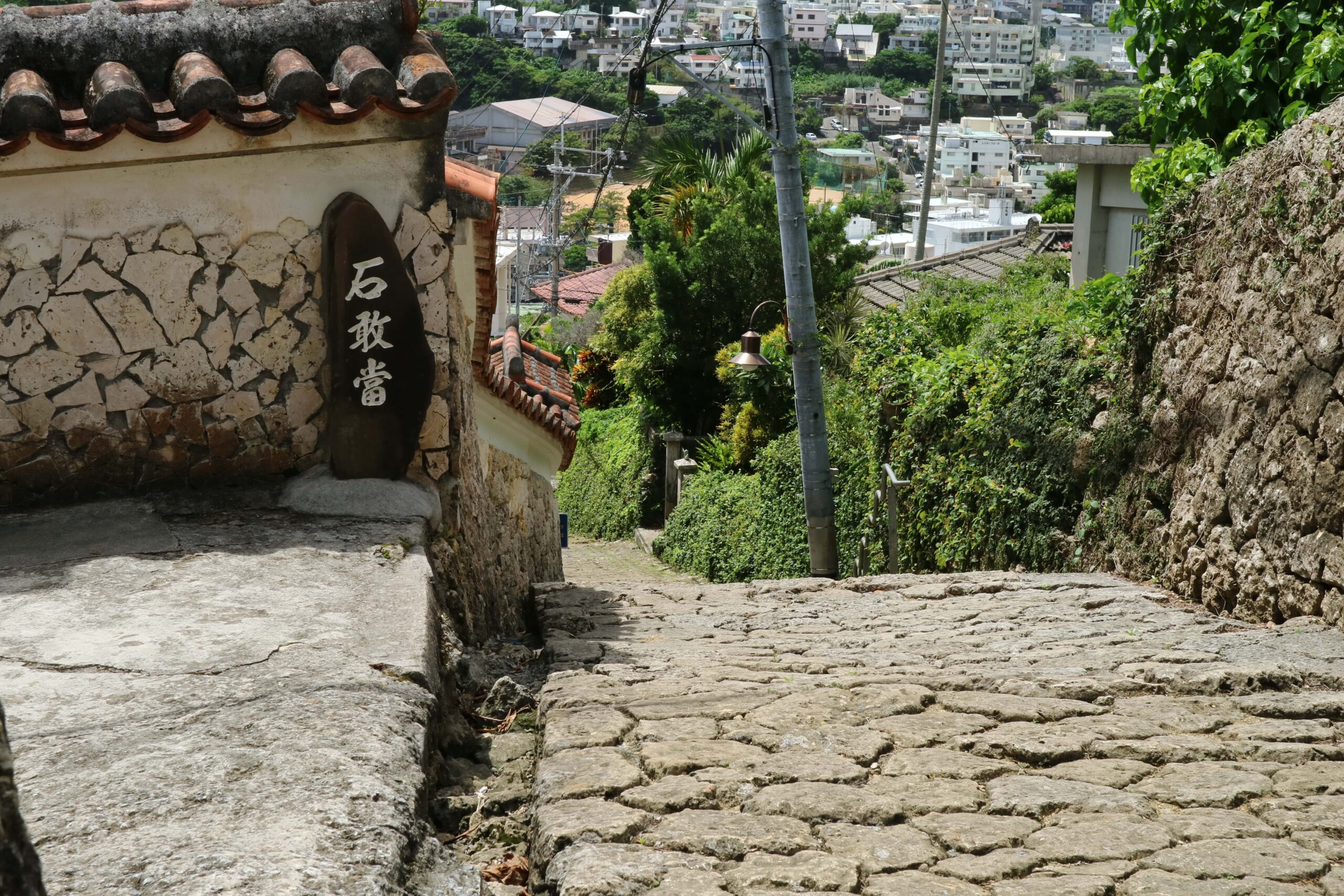
It looks like a nameplate on the bottom of the outer wall of the house.
Now I can read “Ishiganto” in Japanese. At first, I didn’t understand how to read it, “Ishigafu?” “Ishigafu-san?” “Umm … It’s strange that there is a nameplate at the bottom like this …”
The mystery was only deepening, so I investigated it immediately. Indeed, it has been handed down from Fujian Province in China, and it has the meaning of amulet. It is said that it was taken from the name of a strong samurai and wrestler in China (there are various theories).
In Okinawa, the existence of “Majimun (= demon)” has been strongly believed for a long time. Majimun can only go straight, so if you hit a junction or a three-way junction, you will enter the house as it is, so it seems that you put a stone monument with the word “Shigandang” on the wall of the junction or the three-way junction. Majimun that hits Shigandang is said to shatter.
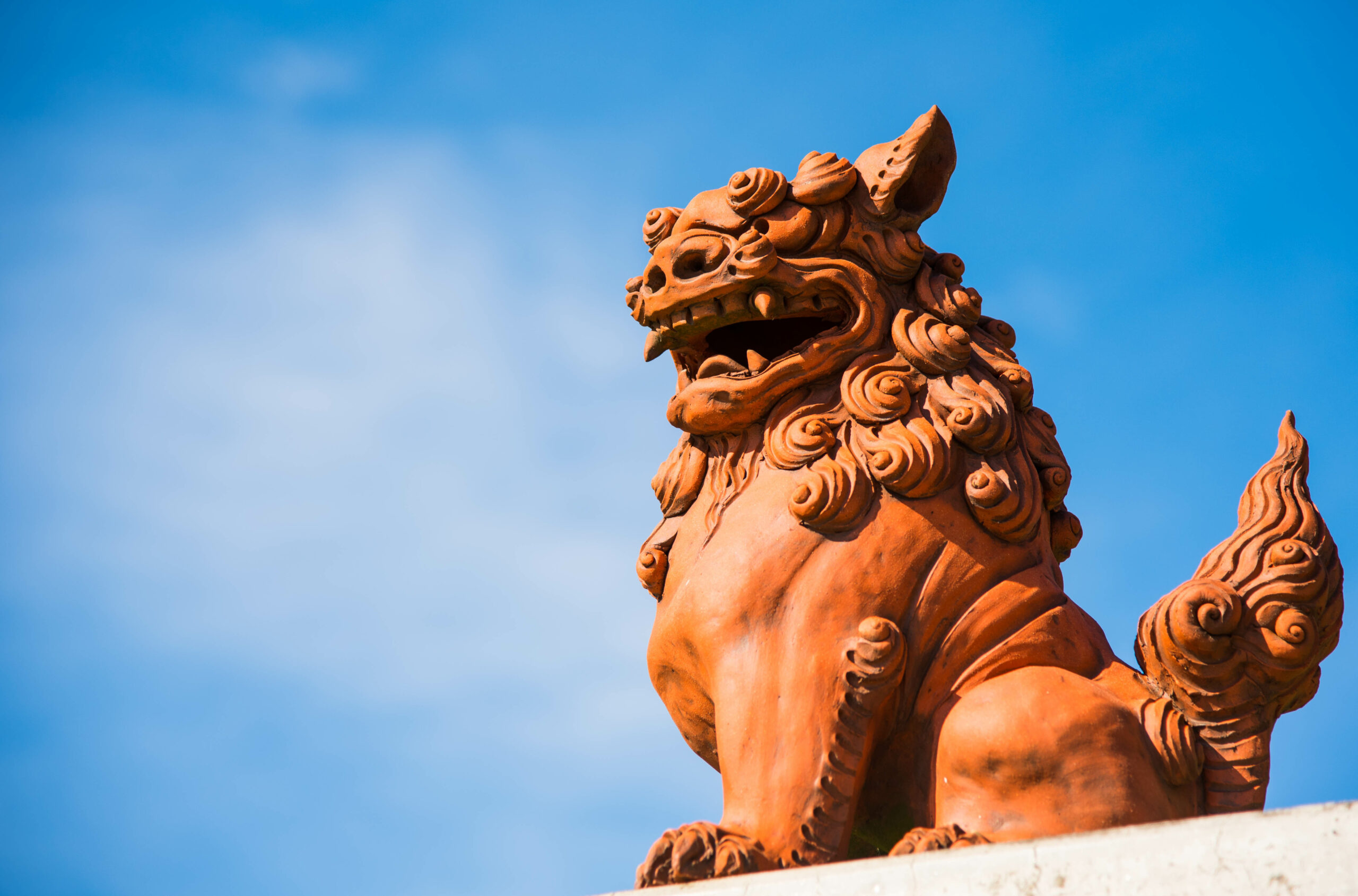
By the way, it is said that Shisa, which is placed on the roof and gate and has the meaning of “guardian god”, was also introduced from China.
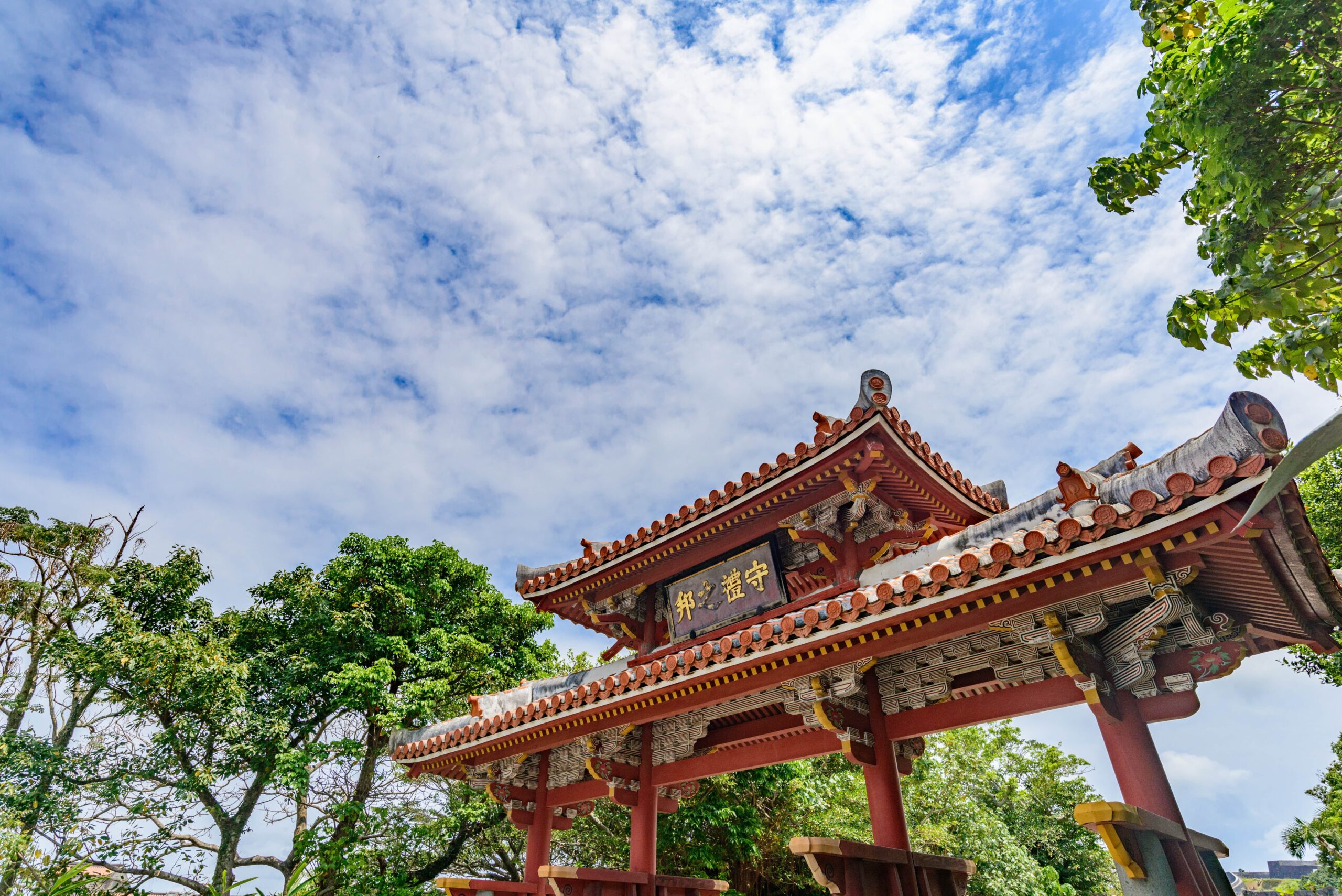
Shurijo Castle / Shureimon
Shuri Castle was the residence of the royal family by Sho Hashi, the king of Chuzan, who unified the above three kingdoms.
What surprised me was that all the gates of Shurijo Castle, including this Shureimon, were facing the west, that is, toward China (Ming and Qing at that time). It can be seen that the relationship with China was more important than anything else. It is said that when the envoy from China (the messenger of the Chinese emperor) came to Ryukyu, high-ranking officials under the king were welcoming him to Shureimon.
Gabusoka is a place name, the original Soki soba
Finally, I would like to introduce a Soki soba restaurant that has long been famous in the local area on the way to the Nakijin Castle Ruins.

A place where the atmosphere of old-fashioned Okinawa remains. The impression is that it is a shop that is still loved by regular customers even in Corona.
Founded in 1966. Now that we have multiple stores in Okinawa prefecture, we can order from all over the country. With the two doorways fully open, the new corona countermeasures were perfect.

Both the soki and the soup were not too thick and the soup stock worked well, so it was decided to be delicious. If you have a chance, please try it.
See you next time.
